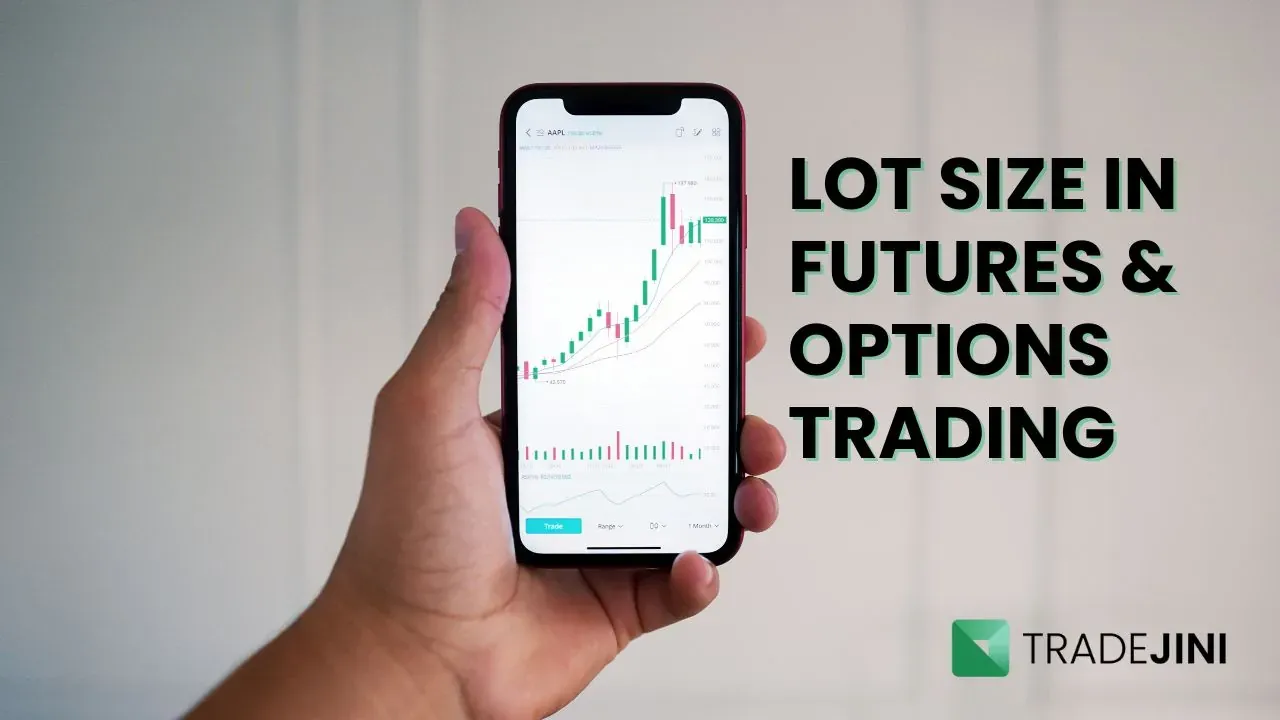Is Side Pocketing A Safety Net or a Two-sided coin?
_11zon.webp?alt=media&token=5414cbb6-f264-426c-b7d6-08826c9965af)
Mutual funds are designed to pool money from investors and allocate it across different assets to generate returns. But what happens when some of these assets turn risky or illiquid? That’s where side pocketing comes in—a concept that sounds technical but is, at its core, a risk management strategy to protect investors from sudden losses.
Imagine you are driving on a highway when suddenly one of your car's tyres bursts. Instead of abandoning the whole car, you pull over and replace the damaged tyre with a spare. This way, you can continue driving safely while dealing with the faulty tyre separately. In mutual funds, side pocketing works the same way, it isolates troubled assets after a financial mishap, allowing the rest of the fund to function smoothly.
Side pocketing in mutual funds
Side pocketing is the process of isolating illiquid, distressed, or hard-to-value assets from the main portfolio of a mutual fund. When a fund manager identifies a risky asset—typically after a credit downgrade, default, or liquidity crisis—it is moved into a ‘side pocket,’ leaving the main portfolio unaffected.This ensures that new investors don’t unknowingly buy into a fund with toxic assets, and existing investors get a clearer picture of their holdings.
History of side pocketing
Side pocketing in mutual funds emerged as a protective measure in response to liquidity crises and credit events. During the 2008 global financial crisis, Indian money markets faced severe liquidity issues. Mutual funds struggled with large-scale redemptions, forcing them to sell high-quality liquid assets, which left remaining investors exposed to illiquid instruments. Although SEBI and the RBI introduced temporary liquidity measures, side pocketing was not formalized at the time.
The concept gained official traction in December 2018, following the IL&FS crisis, which shook the Indian debt market. Several debt mutual funds had invested in Infrastructure Leasing & Financial Services (IL&FS), which suddenly defaulted. This caused the fund’s Net Asset Value (NAV) to plummet, impacting all investors—even those who joined after the crisis.
Shortly after, defaults by DHFL triggered further redemptions, adding to the volatility. The crisis highlighted the need for a mechanism to separate distressed assets from liquid ones, preventing the entire portfolio from being affected. In 2019, SEBI, after consulting with the Association of Mutual Funds in India (AMFI), formally approved side pocketing. This allowed mutual funds to create separate portfolios for illiquid or downgraded securities. Investors holding units at the time of the credit event were allotted their share in the side pocket, ensuring they benefited from any future recovery. By isolating troubled assets, side pocketing protected existing investors from value erosion due to forced selling and prevented new investors from unfairly benefiting from potential recoveries.
Real examples of side pocketing in India
Several Indian companies have faced financial distress, leading to their downfall and, in some cases, triggering side-pocketing by mutual funds.
Here are a few examples of companies where financial mismanagement and mounting debt mutual funds returns led to their downfall, triggering protective measures like side pocketing in mutual funds.
_6_11zon.webp?alt=media&token=ff3b9fad-6690-4d97-af77-a651e2e92dc5)
Note: Prices are approximate and reflect historical highs and lows before the companies faced financial distress
How does side pocketing work?
The moment a credit event occurs, the Asset Management Company (AMC) follows a structured process:
- The AMC seeks prior approval from fund trustees to create a side pocket.
- A press release is issued, informing investors of the segregation.
- Unit holders are notified via SMS and email about the new segregated portfolio.
- The NAV (Net Asset Value) of the fund is split—one part reflects the value of the liquid assets, while the other holds the distressed assets.
Impact on investors
Side pocketing brings several advantages for investors, particularly in mutual funds dealing with liquidity challenges or credit events. By isolating distressed or illiquid assets from the main portfolio, it offers a systematic way to manage risk and safeguard investor interests.
The upsides
- Risk Containment: Investors are shielded from the fallout of bad assets since only the affected portion is isolated.
- Fair Play: It prevents new investors from buying into a discounted NAV, which would otherwise dilute the impact of the losses.
- Better Recovery Strategy: Fund managers can focus on recovering value from the distressed assets without affecting the overall fund.
- Transparency: Investors get a clearer understanding of their exposure to high-risk assets.
_5_11zon.webp?alt=media&token=73f26479-12ef-4968-9d1c-464072fc2ec0)
Side pockets & debt mutual funds
Side pockets play a significant role in debt mutual funds, where credit risk is higher. By segregating non-performing debt instruments, fund managers ensure that long-term investors are not unfairly impacted by sudden defaults. It also gives the AMC time to work on recovering value from these troubled assets without disrupting the fund’s overall liquidity.
SEBI’s take
In November 2023, SEBI made important updates to the regulations on side pockets:
- The creation of a segregated portfolio is now optional, at the discretion of the AMC.
- It can only be created if the Scheme Information Document (SID) has an enabling provision for side pocketing.
- All new mutual fund schemes must include provisions for side pocketing in their SID.
These rules aim to ensure that while side pocketing remains a useful tool, it doesn’t encourage reckless risk-taking by fund houses.
Should investors be concerned?
Side pocketing, on the other hand, protects investors from sudden NAV drops and prevents unfair losses. On the other, it can lock up investments for unpredictable durations. The key takeaway? Investors should carefully assess mutual fund portfolios, particularly in debt funds, and keep an eye on how AMCs handle side pocketing.
At the end of the day, a well-diversified investment strategy remains the best safeguard against financial turbulence. Understanding side pocketing is just one step towards making informed, confident investment choices.
Disclaimer: The examples mentioned are for informational purposes only and do not constitute financial advice or endorsement of any company or investment. Past incidents of side pocketing or corporate defaults do not guarantee future outcomes. Investors should conduct their own research and consult with a financial advisor before making any investment decisions.
_11zon.webp?alt=media&token=bd974821-aee4-43a5-b467-01d1a67a570b)
_20_11zon.webp?alt=media&token=6659b2e6-927e-42de-8375-e227e579f556)
_11zon.webp?alt=media&token=a8f3f55c-dc70-4d42-844e-6874ceff69ce)
_11zon.webp?alt=media&token=a05d2324-cace-44ed-a35f-50f9e63be9c3)
_11zon.webp?alt=media&token=14cd8f87-8add-49ce-84f1-ca07a0c52b0c)





